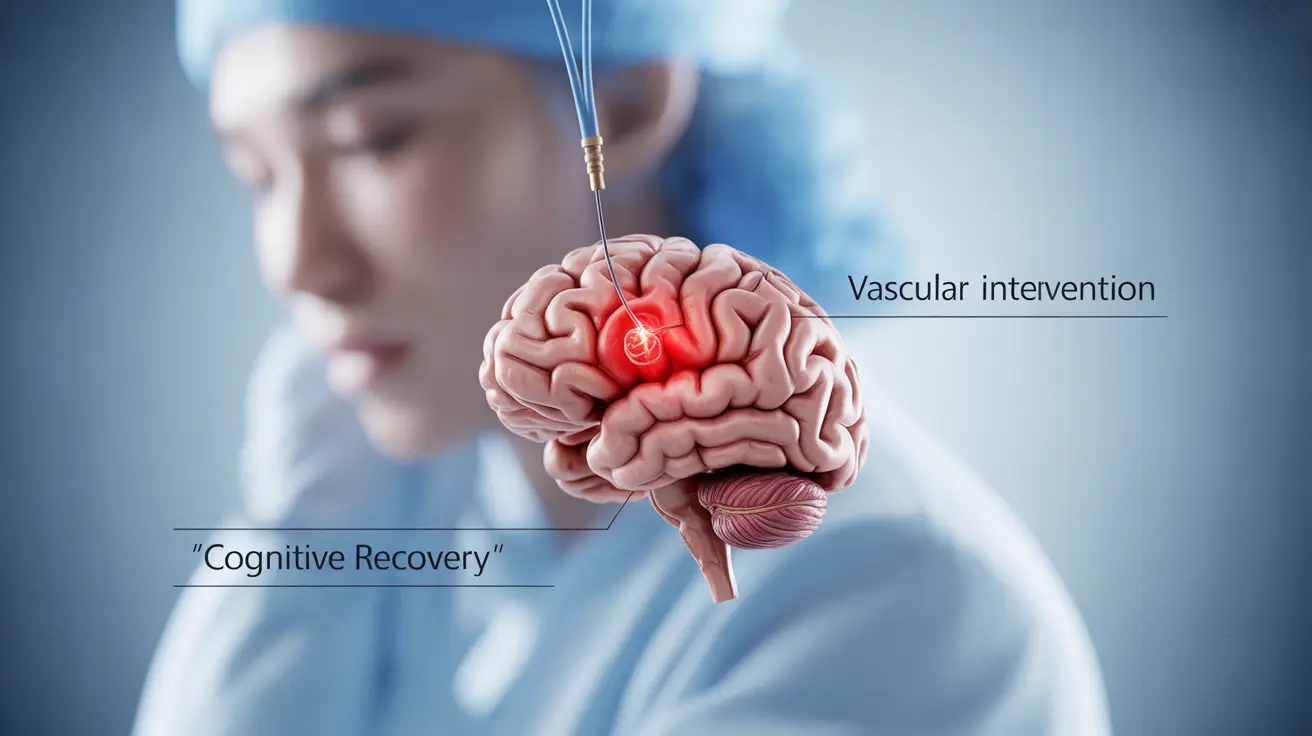Understanding life expectancy and recovery outcomes after brain aneurysm coiling is crucial for patients and their families. This advanced endovascular procedure has become a standard treatment option for brain aneurysms, offering many patients a less invasive alternative to traditional surgical clipping.
In this comprehensive guide, we'll explore the long-term outlook, potential challenges, and factors that influence recovery after brain aneurysm coiling, helping you better understand what to expect during the healing journey.
Understanding Survival Rates and Life Expectancy
Research shows that patients who undergo successful brain aneurysm coiling procedures generally have favorable long-term survival rates. Studies indicate that the majority of patients who survive the initial treatment period can expect a life expectancy comparable to the general population, particularly when the aneurysm is detected and treated before rupture.
Compared to surgical clipping, endovascular coiling often shows similar or slightly better long-term survival rates, especially in certain patient populations. This advantage is particularly notable in elderly patients or those with complex medical conditions who might face higher risks with open surgery.
Cognitive Function and Memory Challenges
Common Cognitive Changes
Following brain aneurysm coiling, some patients may experience cognitive changes that can affect their daily life. These changes commonly include:
- Short-term memory difficulties
- Concentration problems
- Processing speed challenges
- Executive function changes
- Language processing issues
Factors Influencing Cognitive Recovery
Several factors can impact cognitive recovery after aneurysm coiling:
- Location and size of the original aneurysm
- Whether bleeding occurred before treatment
- Patient's age and overall health
- Pre-existing medical conditions
- Timing of treatment intervention
Long-term Recovery and Quality of Life
The recovery journey after brain aneurysm coiling varies significantly among patients. While some individuals return to their normal activities within weeks or months, others may require longer rehabilitation periods. Quality of life often improves gradually over time, with many patients achieving significant recovery milestones within the first year.
Key Recovery Milestones
Patients typically progress through several recovery phases:
- Initial healing (first few weeks)
- Physical rehabilitation (ongoing as needed)
- Cognitive rehabilitation (varies by individual)
- Emotional adjustment and adaptation
- Return to daily activities and work
Risk Management and Prevention
Long-term success after aneurysm coiling depends significantly on proper follow-up care and risk management. Regular monitoring through imaging studies helps detect any potential complications early, including rare instances of aneurysm recurrence or rebleeding.
Essential Follow-up Care
Patients should maintain:
- Regular medical check-ups
- Scheduled imaging follow-ups
- Blood pressure control
- Healthy lifestyle choices
- Stress management practices
Frequently Asked Questions
What is the typical life expectancy after brain aneurysm coiling compared to surgical clipping?
Life expectancy after successful brain aneurysm coiling is generally comparable to surgical clipping, with some studies showing slightly better outcomes for coiling in specific patient groups. Most patients who survive the initial treatment period can expect a normal life span, particularly if the aneurysm was treated before rupture.
How common are memory and cognitive problems following endovascular aneurysm coiling?
Cognitive and memory issues affect approximately 20-30% of patients after aneurysm coiling. The severity and duration of these problems vary widely, with many patients experiencing improvement over time through rehabilitation and cognitive therapy.
What factors affect survival and quality of life after aneurysm coiling?
Key factors include the patient's age, overall health status, aneurysm location and size, whether rupture occurred before treatment, timing of intervention, and adherence to follow-up care protocols.
What are the risks of aneurysm rebleeding after coiling and how does it influence long-term outcomes?
The risk of rebleeding after successful coiling is relatively low, typically less than 1% per year. However, this risk can affect long-term outcomes, making regular follow-up imaging and monitoring essential for early detection of any complications.
How can patients improve recovery and manage cognitive issues after brain aneurysm coiling?
Patients can optimize recovery through comprehensive rehabilitation programs, cognitive exercises, lifestyle modifications, stress management, and regular medical follow-up. Working with specialized healthcare providers and support groups can also aid in managing cognitive challenges.




